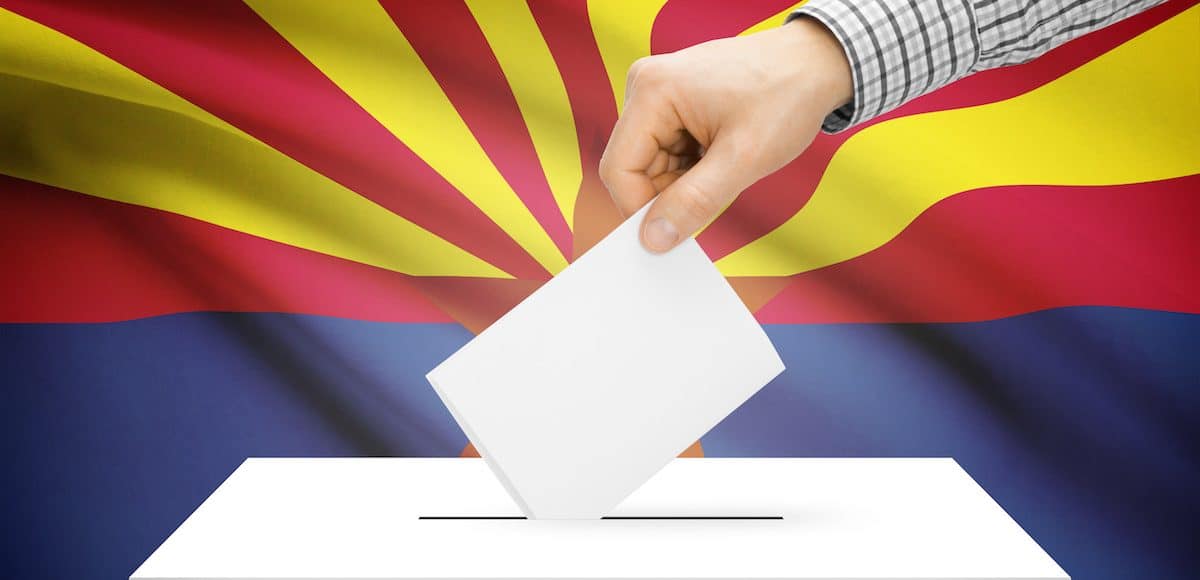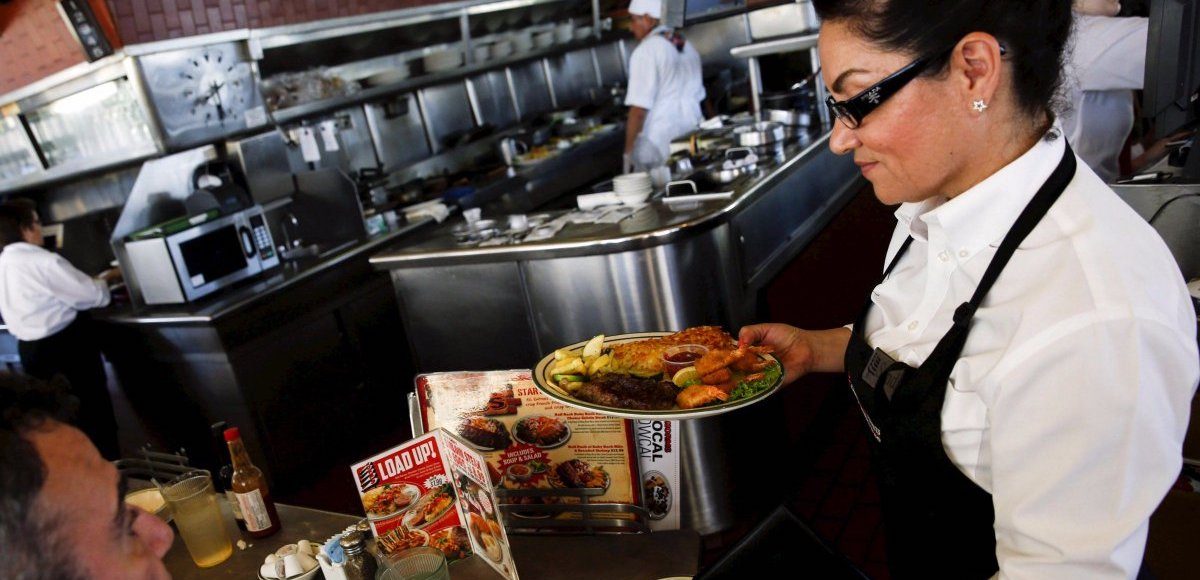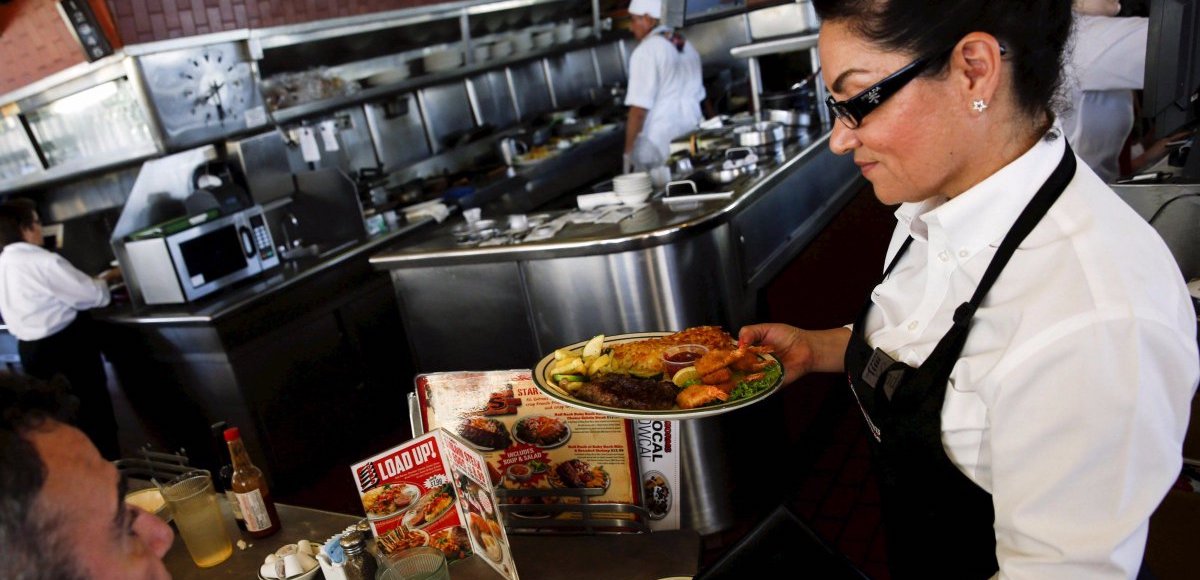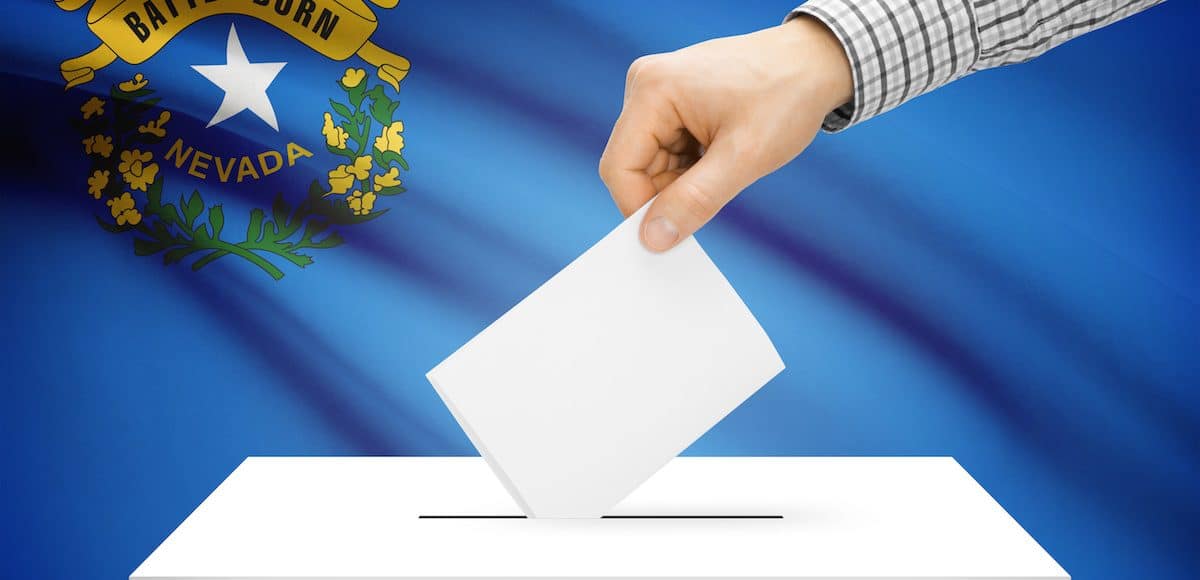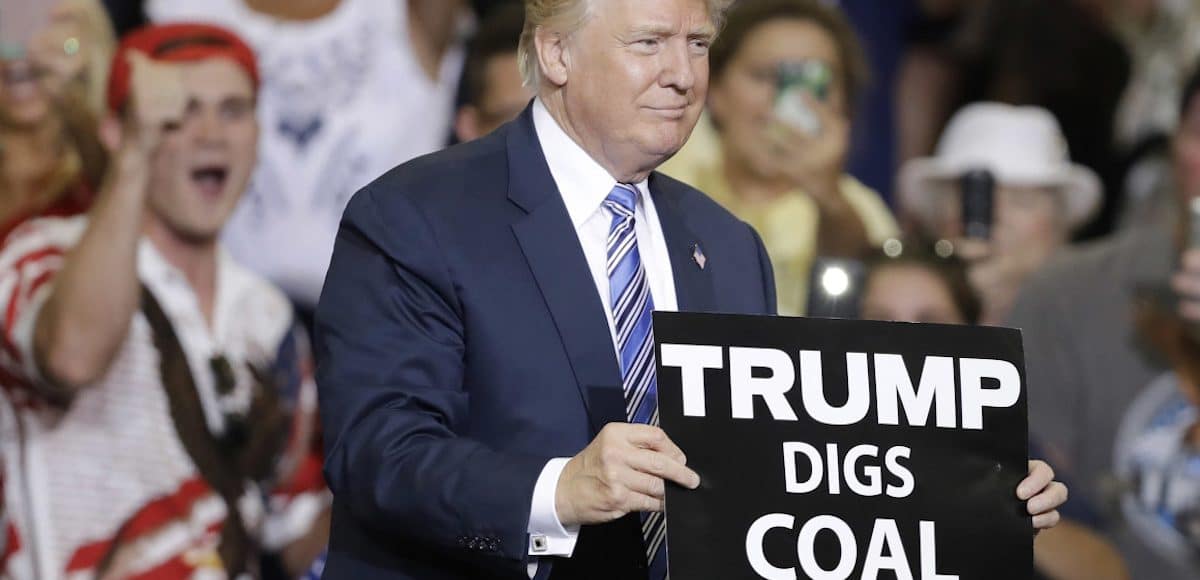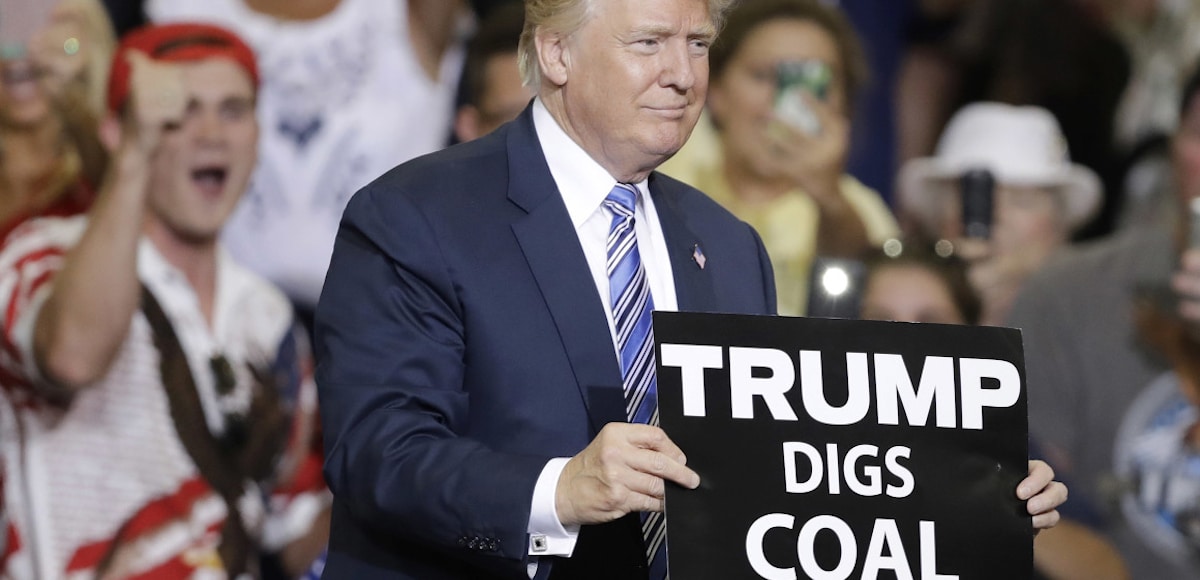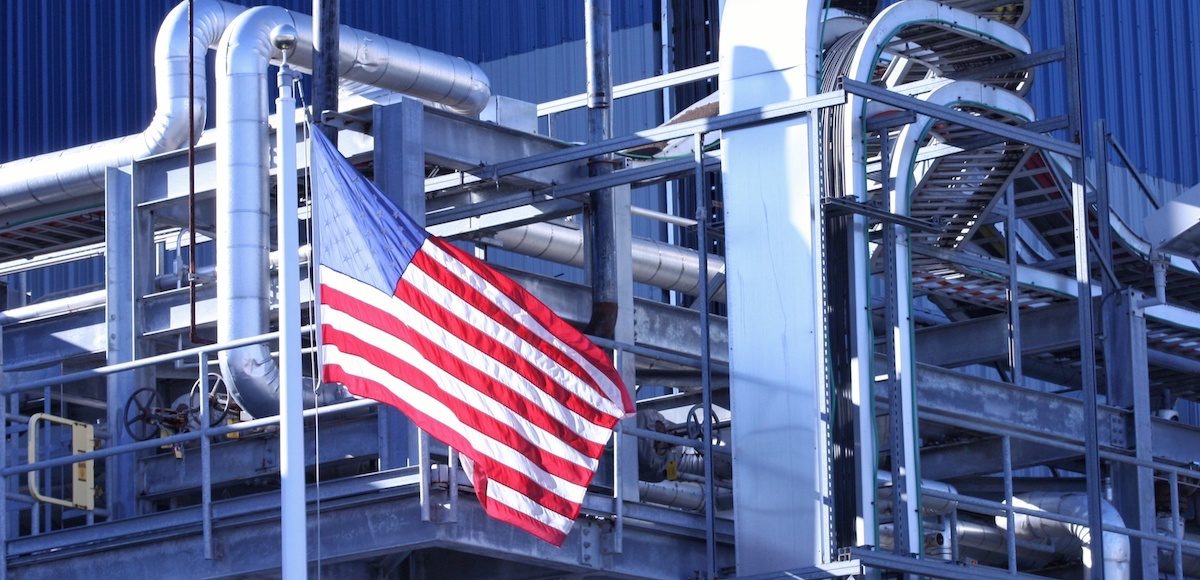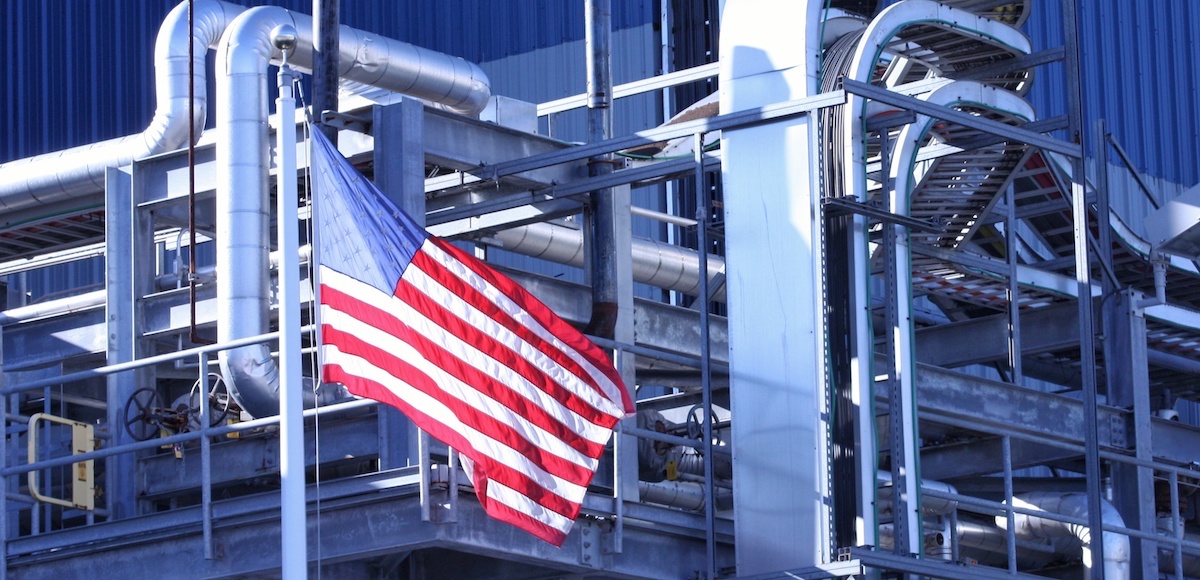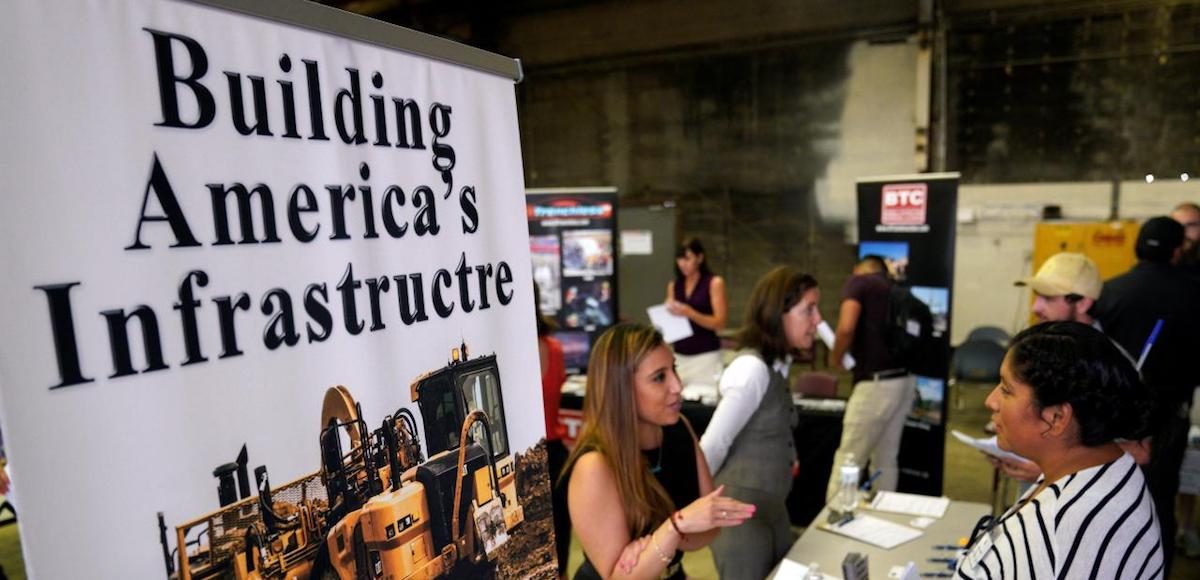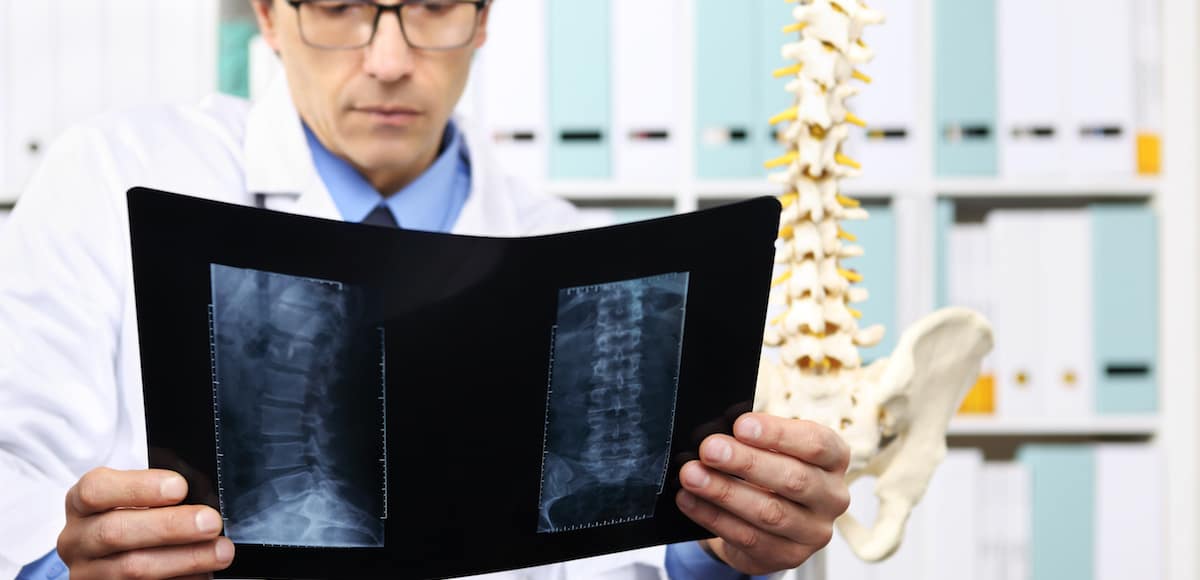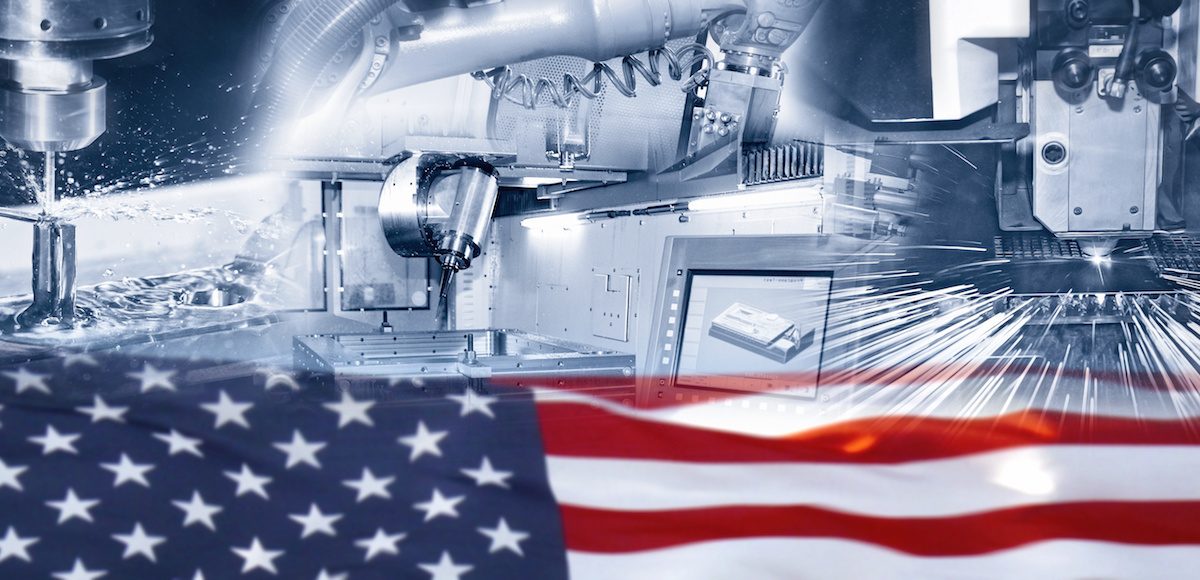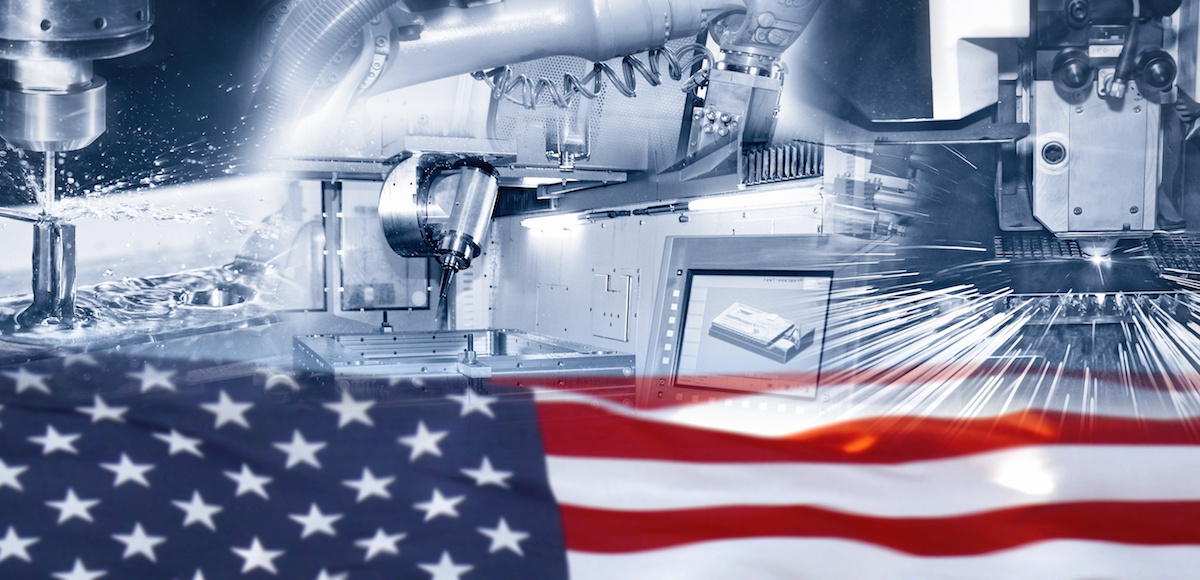Why the Election Model Favors Martha McSally in Arizona Senate Race
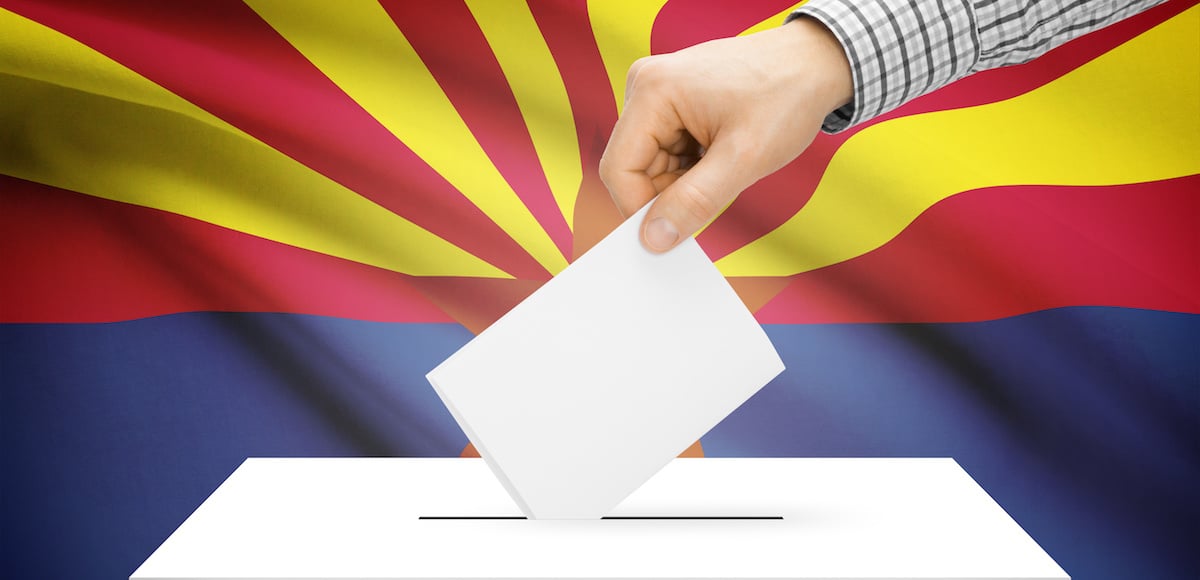
Voting, elections and state polls concept: Ballot box with state flag in the background – Arizona. (Photo: AdobeStock)
The U.S. Senate election projection in Arizona held at Slightly Republican in favor of Rep. Martha McSally on the PPD Election Projection Model. Democratic Rep. Kyrsten Sinema would need to win the independent and Election Day vote by overwhelming margins in order to prevail.
There are roughly 3.7 million registered voters in Arizona.
Of the 1,586,783 voters who have already cast their ballots, 656,822 are Republican ballots, 538,174 are Democratic ballots, 11,799 are minor parties and 379,988 are independents, or other. Below is a district-by-district table breakdown of the early vote by party, including the secretary of state update for Monday.
[su_table responsive=”yes” class=”az-ev-district-party-totals”]
| District | Democrat | Minor | Republican | Other | Total | Edge |
|---|---|---|---|---|---|---|
| 1 | 57161 | 969 | 61840 | 36247 | 156217 | R+4679 |
| 2 | 83046 | 1570 | 72147 | 48146 | 204909 | D+10899 |
| 3 | 56319 | 946 | 30696 | 25366 | 113327 | D+25623 |
| 4 | 40888 | 1094 | 100622 | 47129 | 189733 | R+59734 |
| 5 | 55596 | 1661 | 105508 | 52362 | 215127 | R+49912 |
| 6 | 64102 | 1656 | 101918 | 54794 | 222470 | R+37816 |
| 7 | 49955 | 818 | 17378 | 20027 | 88178 | D+32577 |
| 8 | 61378 | 1370 | 106367 | 54105 | 223220 | R+44989 |
| 9 | 69729 | 1715 | 60346 | 41812 | 173602 | D+9383 |
| Total | 538174 | 11799 | 656822 | 379988 | 1586783 | R+118648 |
[/su_table]
There is no doubt both parties got their bases to the polls for midterms. For the purpose of this article we are focusing on the statewide impact, but the impact can be seen in the districts, as well.
The pickup opportunity for Democrats in Rep. McSally’s district could very well be offset by a net pickup for the GOP in Arizona’s 1st Congressional District. Again, as with so many of these races, the independents will decide the outcome. Here is the county-by-county table breakdown of the early vote by party.
[su_table responsive=”yes” class=”az-ev-county-party-totals”]
| County | Democrat | Minor | Republican | OTH | Total | Edge |
|---|---|---|---|---|---|---|
| Apache | 4310 | 33 | 2564 | 1477 | 8384 | D+1750 |
| Cochise | 8740 | 195 | 12158 | 6656 | 27749 | R+3418 |
| Coconino | 13862 | 307 | 9077 | 7300 | 30546 | D+4785 |
| Gila | 4217 | 76 | 7670 | 2887 | 14850 | R+3453 |
| Graham | 1714 | 25 | 3414 | 904 | 6057 | R+1700 |
| Greenlee | 784 | 12 | 538 | 266 | 1600 | D+246 |
| La Paz | 583 | 15 | 1562 | 731 | 2891 | R+979 |
| Maricopa | 319709 | 7645 | 413398 | 236538 | 977290 | R+93689 |
| Mohave | 8078 | 168 | 23695 | 10147 | 42088 | R+15617 |
| Navajo | 6075 | 96 | 8791 | 3633 | 18595 | R+2716 |
| Pima | 116340 | 2061 | 88060 | 62393 | 268854 | D+28280 |
| Pinal | 20780 | 439 | 30642 | 18015 | 69876 | R+9862 |
| Santa Cruz | 4373 | 50 | 1603 | 1560 | 7586 | D+2770 |
| Yavapai | 18922 | 506 | 41749 | 20773 | 81950 | R+22827 |
| Yuma | 9687 | 171 | 11901 | 6708 | 28467 | R+2214 |
| Total | 538174 | 11799 | 656822 | 379988 | 1586783 | R+118648 |
[/su_table]
Polls are all over the place. Our data indicates the independent vote, once breaking heavily for Rep. Sinema, shifted considerably. In truth, we’ve seen independents in Arizona flirt with the idea of voting for Democratic candidates statewide, only to swing back in the final stretch.
Rep. Sinema not only needs to carry a bloc of voters who haven’t backed a Democrat since 2008, when Barack Obama won them by just 51% to 46%, but she’ll need to do it by a huge margin. It would be historic.
(Please note: Estimates peg early vote in Arizona upwards of 80% before Election Day. This number is of course unknown and why we model several turnout different outcomes.)
In order to simply pull to a statistical tie, she would need to be winning both the unaffiliated “other” and minor-party vote by a margin roughly in the 2-to-1 ballpark. Again, some polling suggests it is possible, and some polling does not.
How does this task match up to the historic vote? Politics is filled with first-timers, but it’s not been done by a modern Democrat in the state of Arizona.
Mr. Obama went on to lose independents in Arizona to Mitt Romney by nearly the same margin he had previously carried them against John McCain, 51% to 45%. Donald Trump carried independents in Arizona, 47% to 44%, while outgoing Republican Senator Jeff Flake won them by just 46% to 45%.
But for Rep. Sinema to overcome the R+118,648 early vote lead, up from R+116,009 before the Monday update, she would first need a historic margin no Democrat has received among independents in the Grand Canyon State. Further, considering what vote is left on the table, she will also need a monster Election Day turnout that favors Democrats.
Judging by the data, which include what electorate is showing up, there’s not much evidence outside of some polls indicating she’ll get enough. That being said, polling also indicates Rep. McSally has a larger share of the vote left on the table. Rep. Sinema will almost certainly need every vote she can get.
While Green Party candidate Angela Green withdrew from the race in a last-minute attempt to boost Rep. Sinema’s chances, some of the state’s 6,463 registered members undoubtedly already voted for Green, whose name will remain on the ballot. That would actually expand the model’s required margin among independents for the Democratic candidate, given polling data indicates single-digit crossover rates only slightly favoring Rep. Sinema.
Before the update on Monday, which gave Rep. Sinema a nice few thousand-vote boost in Pima County, the electorate looked like this.
[su_table responsive=”yes” class=”az-ev-electorate-totals”]
| Republican | Democrat | Other | Female | Median Age | Mean Age |
|---|---|---|---|---|---|
| 41.8% | 33.9% | 23.6% | 51.2% | 62 | 58.7 |
| Republican | 48.5% | 63 | 61.3 | ||
| Democrat | 57.5% | 61 | 57.2 | ||
| Other | 47.4% | 59 | 56.6 | ||
| Libertarian | 33.7% | 45 | 46 | ||
| Green | 43.5% | 46 | 46.9 |
[/su_table]
After the update on Monday, the electorate shifted slightly in favor of Rep. Sinema, though it’s only marginally better for Democrats. It’s worth noting that a popular GOP governor running away with the vote is also on the same ballot. Even the slightest of coattails in a race like this could mean an earlier call.
[su_table responsive=”yes” class=”az-ev-electorate-totals”]
| Republican | Democrat | Other | Female | Median Age | Mean Age |
|---|---|---|---|---|---|
| 41.4% | 33.9% | 23.9% | 51.3% | 61 | 58.2 |
| Republican | 48.5% | 63 | 60.9 | ||
| Democrat | 57.7% | 60 | 56.2 | ||
| Other | 47.6% | 59 | 56 | ||
| Libertarian | 33.7% | 44 | 45.5 | ||
| Green | 43.9% | 45 | 46.5 |
[/su_table]
Regardless, Rep. McSally’s edge wasn’t hurt all that much in the latest update. The net partisan ballot edge gained even as the mean age ticked down by 0.5% and the Republican share of the electorate ticked down slightly to 41.4%. That may have something to do with the mean age of the Republican electorate also ticking down by 0.4%.
Overall, the Republican share of the vote is still nearly double what it was in 2016.
While we hear talk of a surge in younger voters at the polls, as we pointed out in our last model update in Nevada, these comparisons have focused on 2014. As with Nevada, there were not comparable statewide elections held.
So, to sum it up, we do believe it is possible for Rep. Sinema to improve her party’s margin among independent voters in Arizona, particularly if it is more educated and less rural. But the historical odds are against this. Republicans are voting at very high rates and have showed no signs up letting up. Recent polling indicates as much as 30% of Rep. McSally’s vote is still on the table, while just 10% for Rep. Sinema.
We will watch the electorate closely and the independent vote. But for now, the U.S. Senate election projection in Arizona remains Slightly Republican. Rep. McSally prevails in the high Republican turnout model, the base model and only loses by under two points in the high Democratic turnout model.
The U.S. Senate election projection in Arizona
